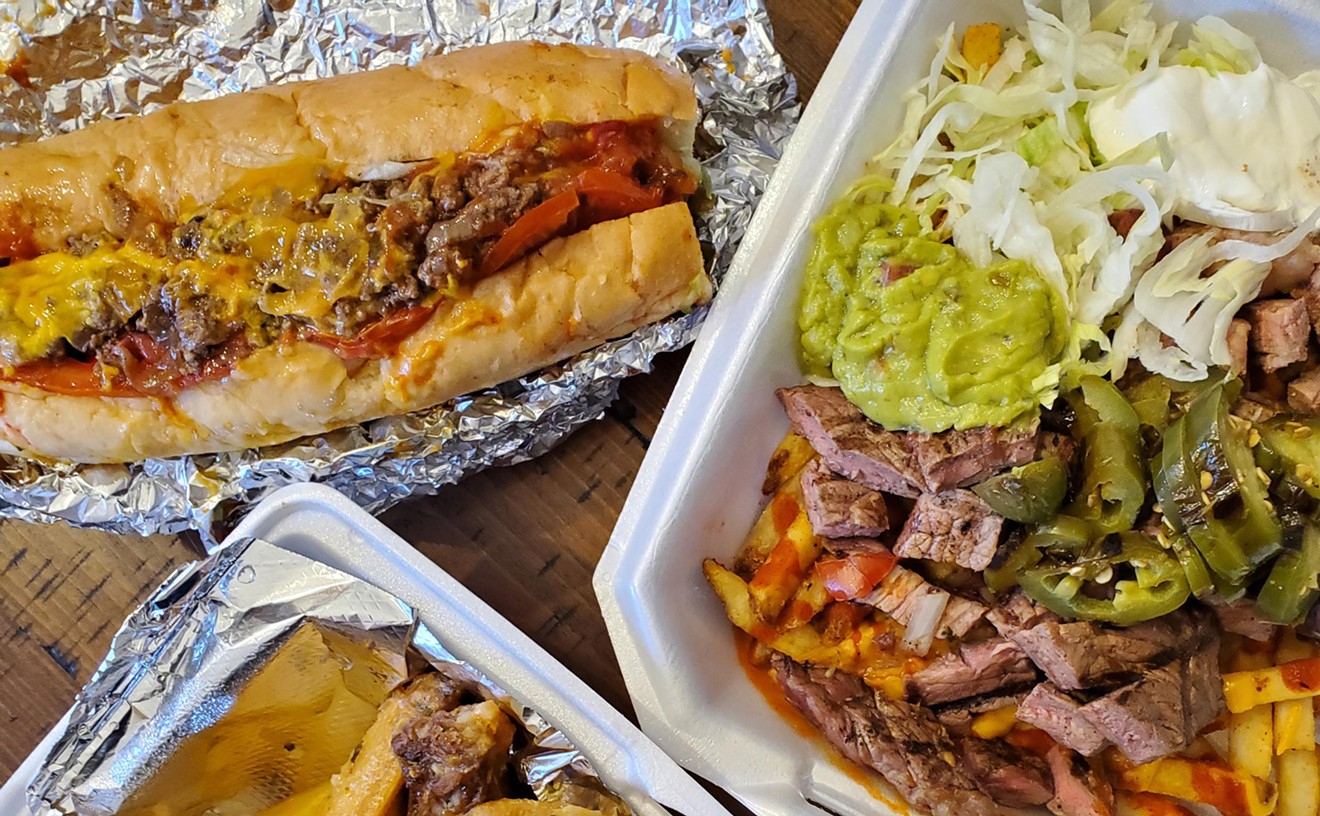Q. I have been a whiskey drinker at heart for years, but lately I've had an interest in cognac. Buying cognac is difficult, because I am not familiar with all of the designations: VS, VSOP, XO, etc. Can you explain?
A. I love cognac. I love drinking it; I love talking about it. I'll even leave you with a great cognac cocktail (actually, my favorite cocktail in the world). But first, some history...Cognac is a brandy made from grapes; brandy is defined as any distilled spirit made from fermented fruit juice. The term "brandy" is derived from the Dutch word brandivijn, meaning "burnt wine." This category also includes Armagnac (grape brandy), Calvados (apple brandy), Pisco (unaged grape brandy), Slivovitz (plum brandy) and many other Eau de Vie (meaning "water of life" -- there are Eau de Vie variaties made from many different fruits). The French, long famous for their wines, have been making cognac since the early 1600s. But, it was the Dutch who brought the first stills to the region. The Dutch, longtime lovers of French wine (and, coincidentally, master distillers), knew that they had to add distilled spirits (in this case, unaged grape spirits) to the wines to fortify them for the voyage to the Netherlands. But it was the French who perfected the process, double-distilling their wines and aging them in barrels made from wood taken from the nearby Limousin forest.
Cognac is governed and defined by an AOC (appellation d'origine contrôlée, or controlled appellation of origin). This AOC defines the areas, grapes, distillation and aging process for this iconic brandy.
The grapes for cognac can only come from a clearly defined growing region, or Cru, located in western central France along the Charente River Basin. Cognac is made in an area made up of six concentric districts (see map above): Grand Champagne (at the center), Petit Champagne, Borderies, Fin Bois, Bon Bois and Bois Ordinaires. Some believe that the best cognacs come from Grand Champagne and wane in quality as you move further out; in my opinion, each region has its own unique qualities worthy of appreciation. As well, only certain types of grapes can be used to make cognac, all white grapes: Colombard, Folle Blanche and Ugni Blanc. (Technically, Folignan, Jurançon blanc, Meslier St-François, Montils, Sélect and Sémillon are also used, but they represent only 10 percent of the plantings in the region and are rarely used.)
Distillation must be carried out in a unique, Charentais copper still. The process is comprised of two distillations, or "chauffes": the "brouillis" (first), which is the distillation of the unfiltered wine, and the "bonne chauffe" (second), in which the brouillis is distilled. Distillation must be completed by March 31 following the harvest; aging must take place in French oak casks using French (Limousin or Tronçais) oak. The brandy must be aged for at least two years, all under the watchful eye of the BNIC (Bureau National Interprofessionnel du Cognac).
Here's where the designations come in:
*V.S. (Very Special) or Three Star cognacs: aged in French oak casks for at least two years.
*V.S.O.P. (Very Superior Old Pale), Reserve or Five Star cognacs: aged in French oak casks for at least four years.
*X.O. (Extra Old), Napoleon, Extra and Hors d'Age cognacs: aged in French oak for at least six years.
Still with me? Let's talk about drinking cognac. While I prefer to drink mine neat, I abhor snifters, which concentrate the vapors and make the smell too intense. I prefer a nice, open old-fashioned or rocks glass, so that my olfactory senses can enjoy the nutty, complex aromas without being overwhelmed. There's also no need to warm cognac...let the cognac warm you.
Cognag is great in cocktails. My personal favorite is a Vieux Carré, created around 1938 by Walter Bergeron of the Carousel Bar in the Monteleone Hotel in New Orleans. Vieux Carré means "old square" in French, and it's what the Creole people called the "French Quarter" in NoLa.
The Vieux Carré 1 oz. cognac (Pierre Ferrand Ambre 10 year) 1 oz, rye whiskey (Old Overholt) 1 oz. sweet vermouth (Carpano Antica Formula) 1 barspoon Benedictine 2 dash Peychaud's Bitters 2 dash Angostura Bitters
Stir all ingredients with ice, strain into a chilled cocktail glass. Garnish with a lemon twist.
Cheers! Send your questions for Sean Kenyon to [email protected]










